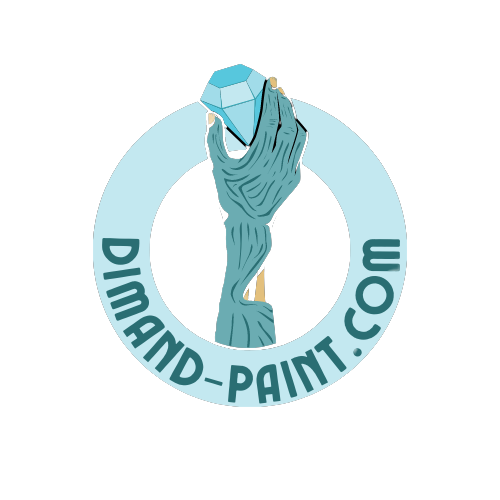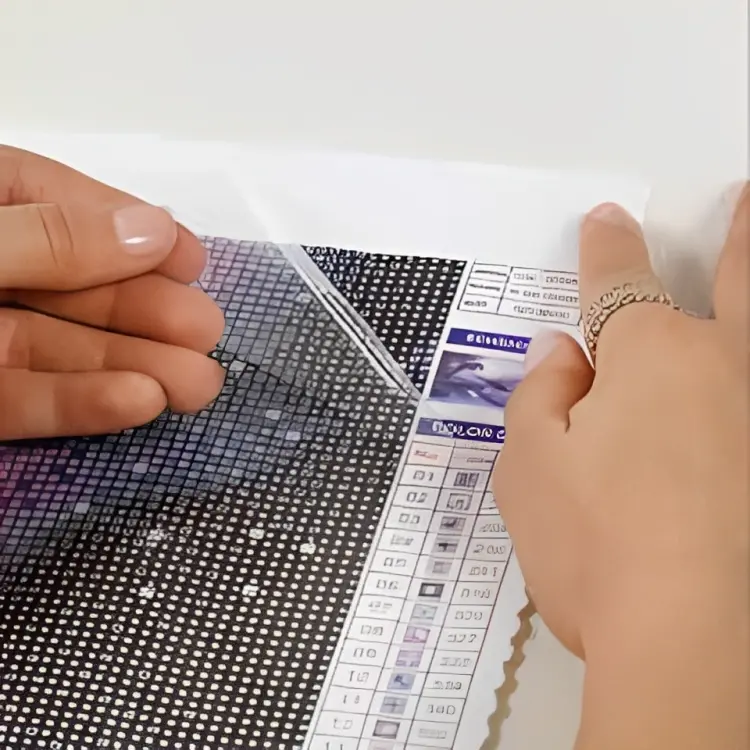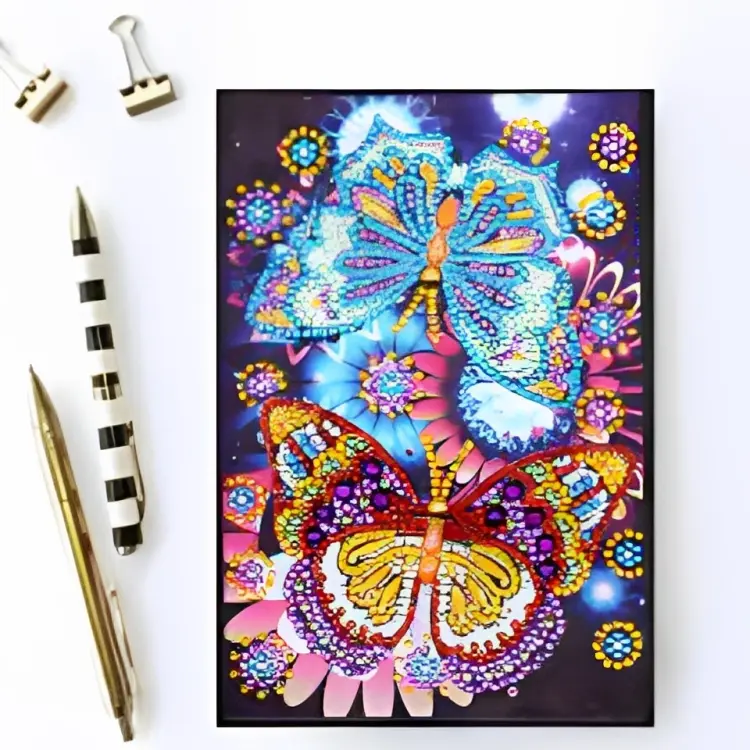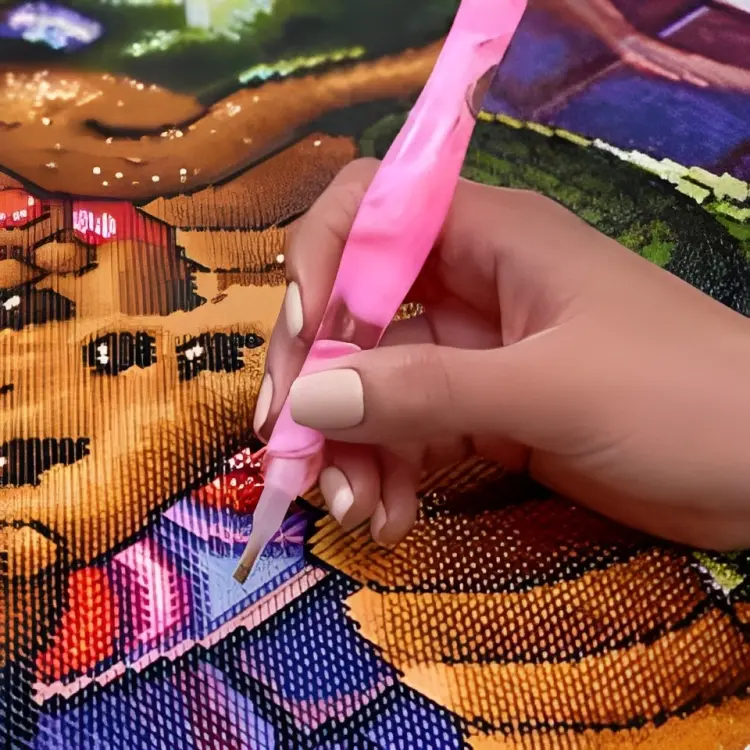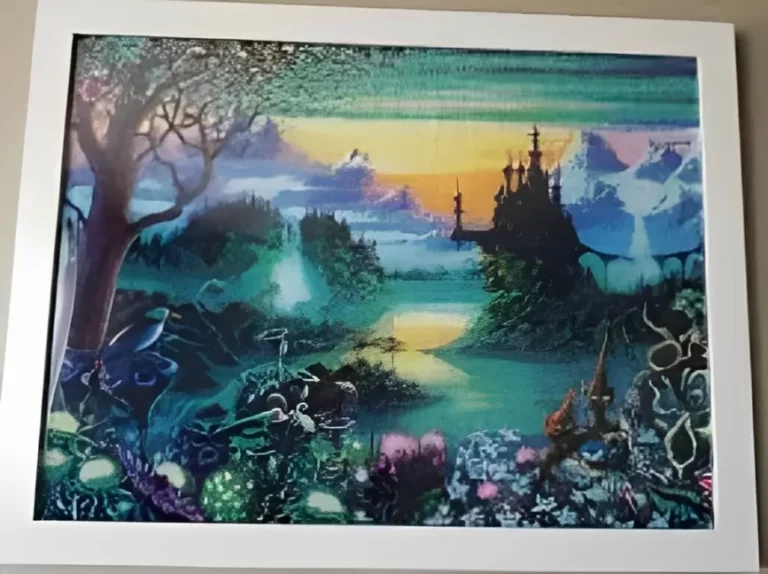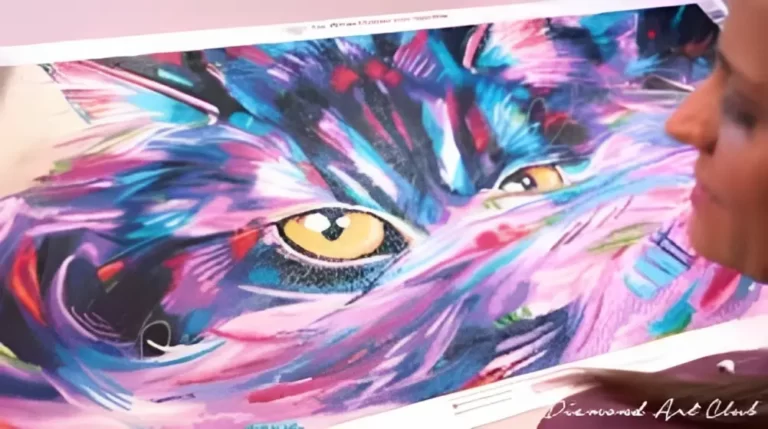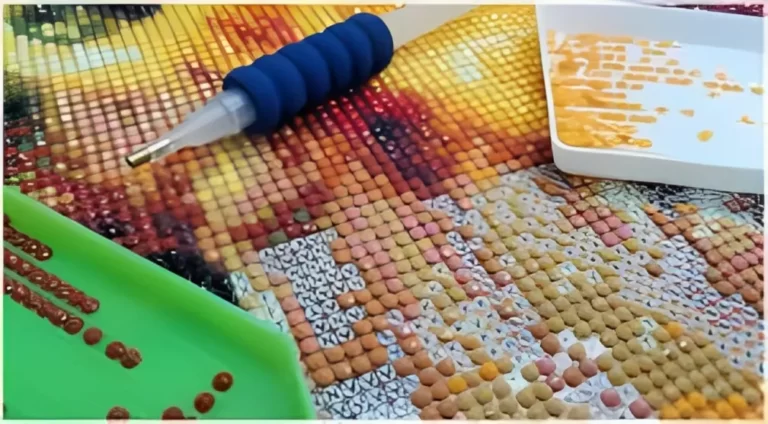What Are the DMC Numbers Used for Diamond Painting?
Diamond painting has become a popular and creative craft, offering enthusiasts a way to create stunning artwork using colorful resin diamonds. One essential aspect of diamond painting is the use of DMC numbers, a universal color coding system that helps diamond painters organize and identify the various diamond drills used in their projects. In this article, we will delve into the significance of DMC numbers in diamond painting and explore how they enhance the overall diamond painting experience.
The Origins of DMC Color Chart
The DMC color chart has a rich history dating back to the 18th century when Dollfus-Mieg and Company (DMC) was founded. Initially a textile company, DMC later created the color codes associated with embroidery floss and yarn. Over the years, the DMC color chart has been updated several times to accommodate an extensive range of colors used in various crafts, including diamond painting.
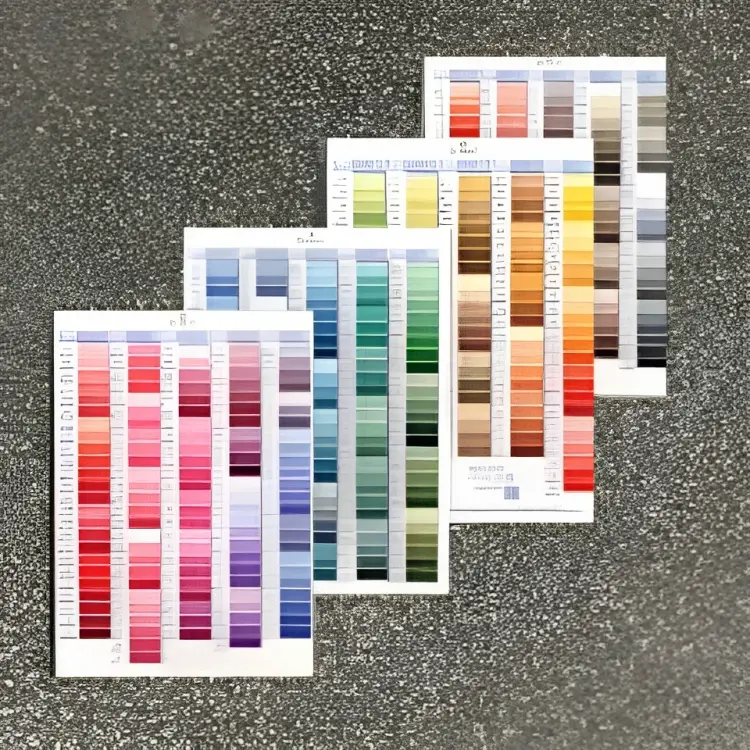
Understanding DMC Color Codes
DMC numbers serve as unique identifiers for each diamond embroidery color, ensuring consistency and ease of tracking. The colors are divided into six numbered groups, from lightest to darkest, providing a comprehensive spectrum of hues. Diamond painters can use DMC numbers to match colors with other diamond companies, such as Diamond Dotz and AB drill bits, fostering compatibility and creativity.
Benefits of Using DMC Numbers in Diamond Painting
The adoption of DMC numbers in diamond painting offers several benefits to enthusiasts. The standardized color system allows for easy organization and sorting of drills, ensuring a seamless process when starting new projects or adding drills to existing collections. Moreover, DMC numbers facilitate color matching with other crafts like embroidery, making it convenient for artists to explore different creative avenues.
Comparison with Other Diamond Painting Color Codes
While DMC is the most widely used color coding system, there are other color codes, such as Diamond Dotz and Aurora Borealis (AB) colors. We will explore the similarities and differences between these color codes, understanding how each contributes to the diamond painting experience.
Making and Using a Personal DMC Color Chart
Creating a personal DMC color chart is a valuable practice for serious diamond painters. We will discuss the significance of having a personalized chart, along with step-by-step instructions on how to create one. Additionally, we will explore the utility of the chart in sorting and identifying colors during diamond painting projects.
Tips for Diamond Painters Working with DMC Numbers
To make the most out of DMC numbers, diamond painters need to be aware of some essential tips and tricks. Checking the accuracy of DMC codes before starting a project, handling color variations, and effectively managing diamond inventory are vital aspects that contribute to a successful diamond painting experience.
Exploring DMC Color Variety for Diamond Painting
The vast range of DMC colors offers diamond painters an array of choices to unleash their creativity. We will explore the DMC color selections, including the Coloris colors, which provide bright and subtle hues for various artistic projects.
Best Practices for Using DMC Numbers in Diamond Painting
Diamond painters can adopt specific best practices to optimize their experience with DMC numbers. Organizing colors in projects, utilizing conversion charts to explore other color formats, and ensuring the accessibility of DMC color charts are essential considerations to streamline the diamond painting process.
How DMC Numbers Enhance the Diamond Painting Experience
The integration of DMC numbers enhances the diamond painting experience in various ways. Consistency and quality of the finished artwork are ensured through precise color matching. Moreover, diamond painters gain confidence in their color choices, leading to an increase in creativity and artistic expression.
Common Mistakes to Avoid with DMC Numbers
Like any craft, diamond painting may come with some pitfalls that can be avoided with awareness and attention. We will discuss common mistakes related to incorrectly identifying colors, mixing up similar shades, and misplacing drills with different codes.
Troubleshooting DMC Numbers in Diamond Painting
Occasionally, diamond painters may encounter challenges related to DMC numbers, such as finding replacement drills, dealing with discontinued colors, or coping with out-of-stock drills. We will provide practical solutions and tips to address these issues effectively.
Using DMC Numbers in Custom Diamond Art
Custom diamond art allows artists to personalize their projects using DMC colors creatively. We will explore how diamond painters can design custom patterns, implement unique color combinations, and express their individuality through their diamond painting artwork.
Conclusion
In conclusion, DMC numbers play a vital role in the world of diamond painting. From their historical origins to their impact on the diamond painting community, DMC numbers offer a standardized and versatile color coding system that enhances the overall diamond painting experience. Utilizing DMC numbers ensures consistency, creativity, and endless possibilities in the world of diamond painting.
